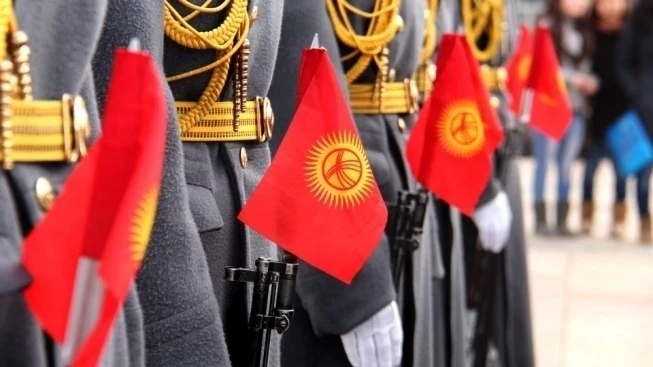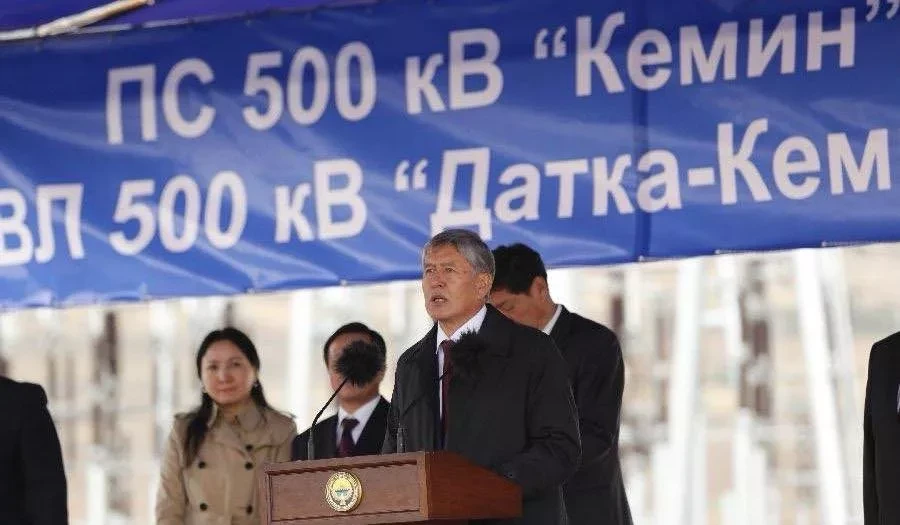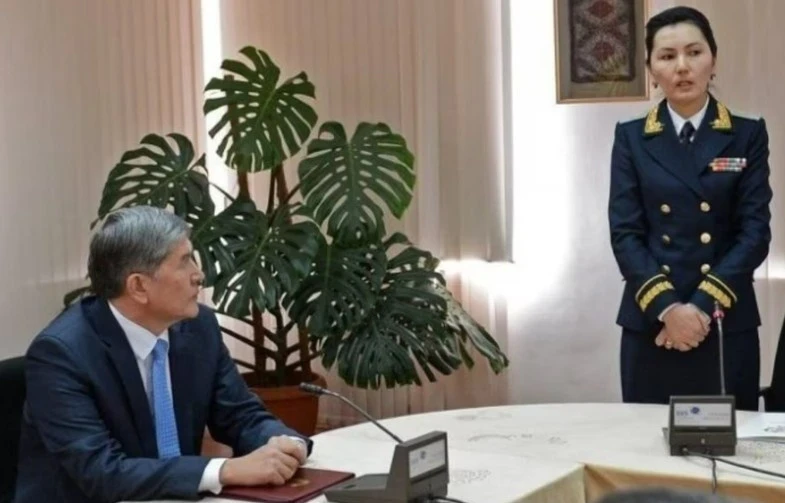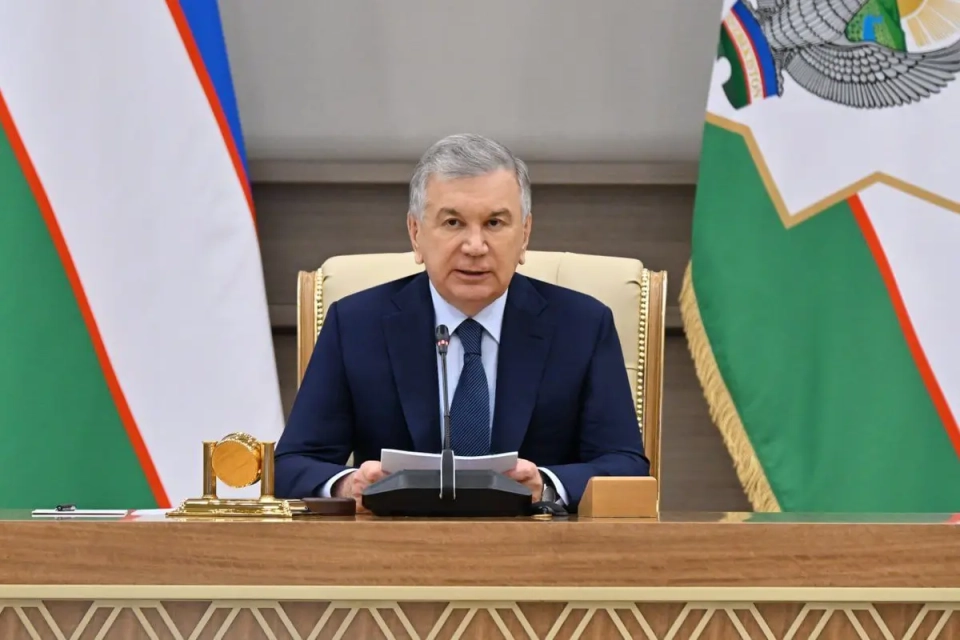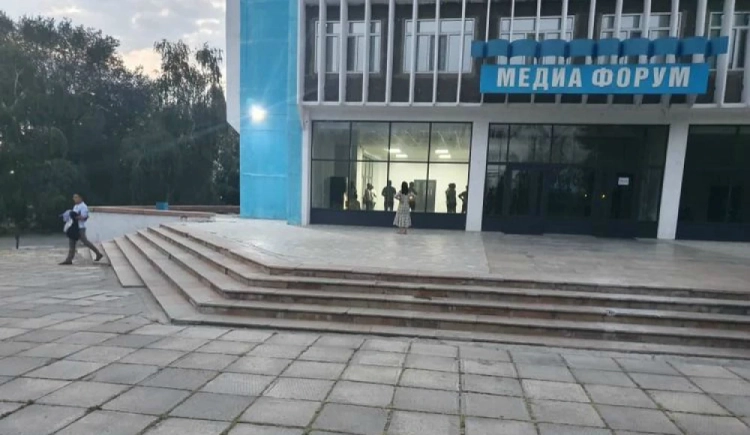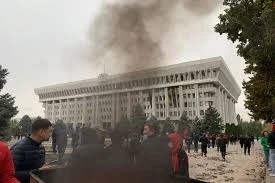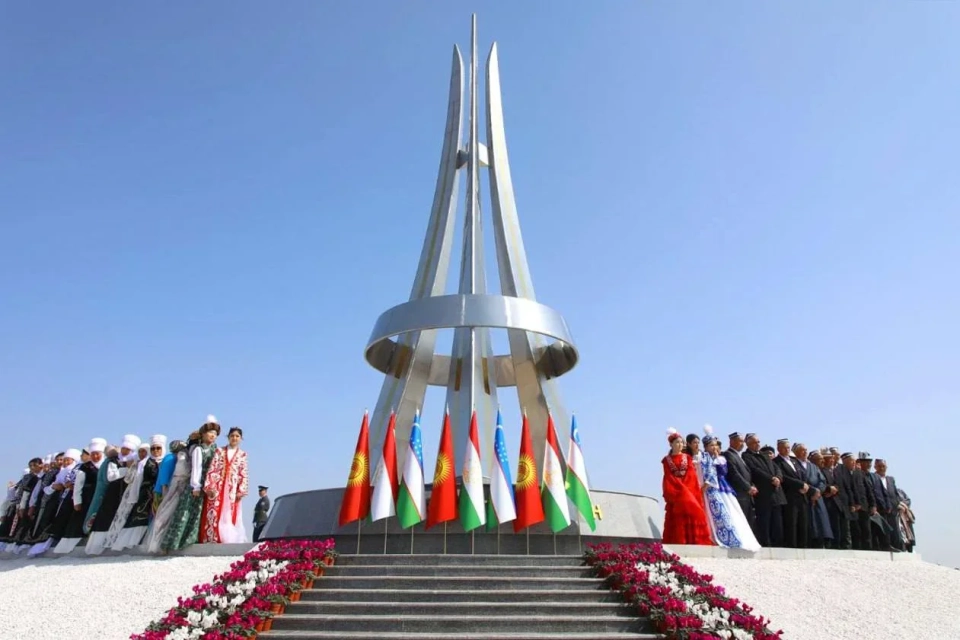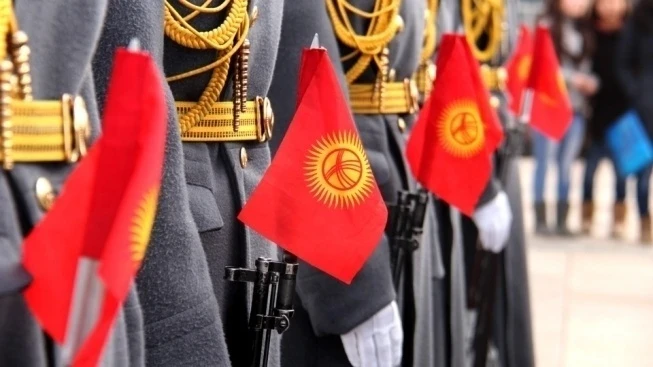
When Almazbek Atambayev became the president of Kyrgyzstan in 2011, the country urgently needed stability after revolutionary upheavals. It was important to restore trust both within the country and beyond its borders. However, the foreign policy of that time turned into a field of emotional fluctuations and spontaneous decisions, which did not contribute to stability.
Despite the brightness of Atambayev's diplomacy, it was often destructive. Emotions became the predominant factor, and many strategic issues of resolution turned into conflicts based on personal grievances. For example, the crisis that arose in 2017 with Kazakhstan was particularly severe, leading to border problems and economic losses for ordinary citizens — drivers, traders, and migrants.
The closure of the American transit center at "Manas" was perceived as a significant political victory; however, Kyrgyzstan was unable to benefit from its position and became dependent on individual international players. The multi-vector policy, proclaimed in words, did not materialize in practice, and the country faced difficulties when it joined the EAEU without proper preparation.
With the rise to power of Sadyr Japarov in 2021, the foreign policy course of the country changed. The new president implemented a softer and conciliatory policy, which allowed for dialogue and ensured predictability in relations with neighbors. This approach contributed to improved interaction and the resolution of border issues.
Key achievements of the new course included the restoration of trusting relationships with Kazakhstan and Uzbekistan. Regional diplomacy is now based on cooperation. One of the most significant steps was the resolution of a long-standing border issue with Uzbekistan, which had remained unresolved for a long time. This resolution opened new economic prospects for both sides.
The resolution of disputes with Tajikistan also became an important step, especially in light of the events of 2021–2022. Bishkek reached partial agreement on disputed territories, making the border safer. Work began on the technical and legal fixation of the border, which had previously seemed impossible. This showed that Kyrgyzstan is capable of resolving complex issues through dialogue rather than aggression.
Infrastructure diplomacy also took an important place in the new foreign policy strategy. The national strategy includes the development of energy and transport infrastructure. The "China–Kyrgyzstan–Uzbekistan" railway project, which had long remained in the discussion stage, is now moving towards implementation and could turn Kyrgyzstan into a key transport hub in Central Asia.
Additionally, the mega-project of the Kambarata HPP-1, implemented as a trilateral cooperation with Uzbekistan and Kazakhstan, has become a significant achievement, demonstrating the possibilities of regional unity and providing Kyrgyzstan with a reliable resource base for the future.
The construction of the "North–South" transport corridor also expands logistical connections and forms a new economic architecture based on the development of industry and trade.
The contrast between the foreign policies of Atambayev and Japarov vividly illustrates the differences in approaches: the former led to conflicts and isolation, while the latter has led to moderation and pragmatism, creating opportunities for sustainable development and strengthening cooperation in the region.
Thus, the new foreign policy course confirms that Kyrgyzstan can confidently move forward, relying on well-thought-out strategies rather than aggressive actions.
Author: Kimbilet Balikchaev

